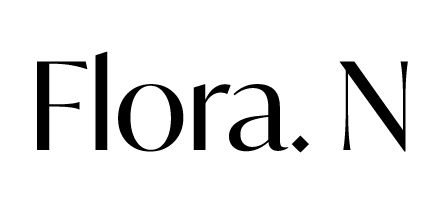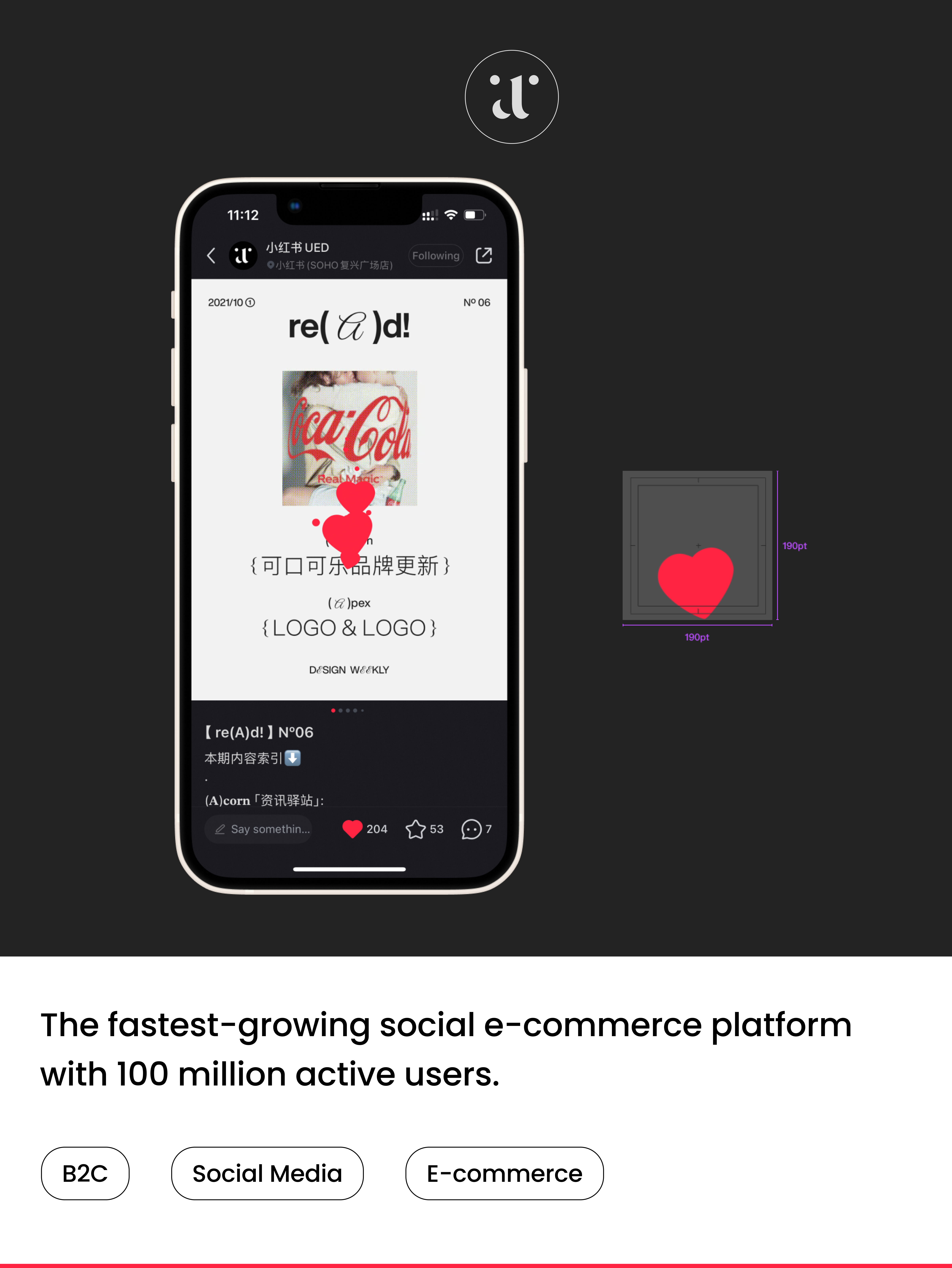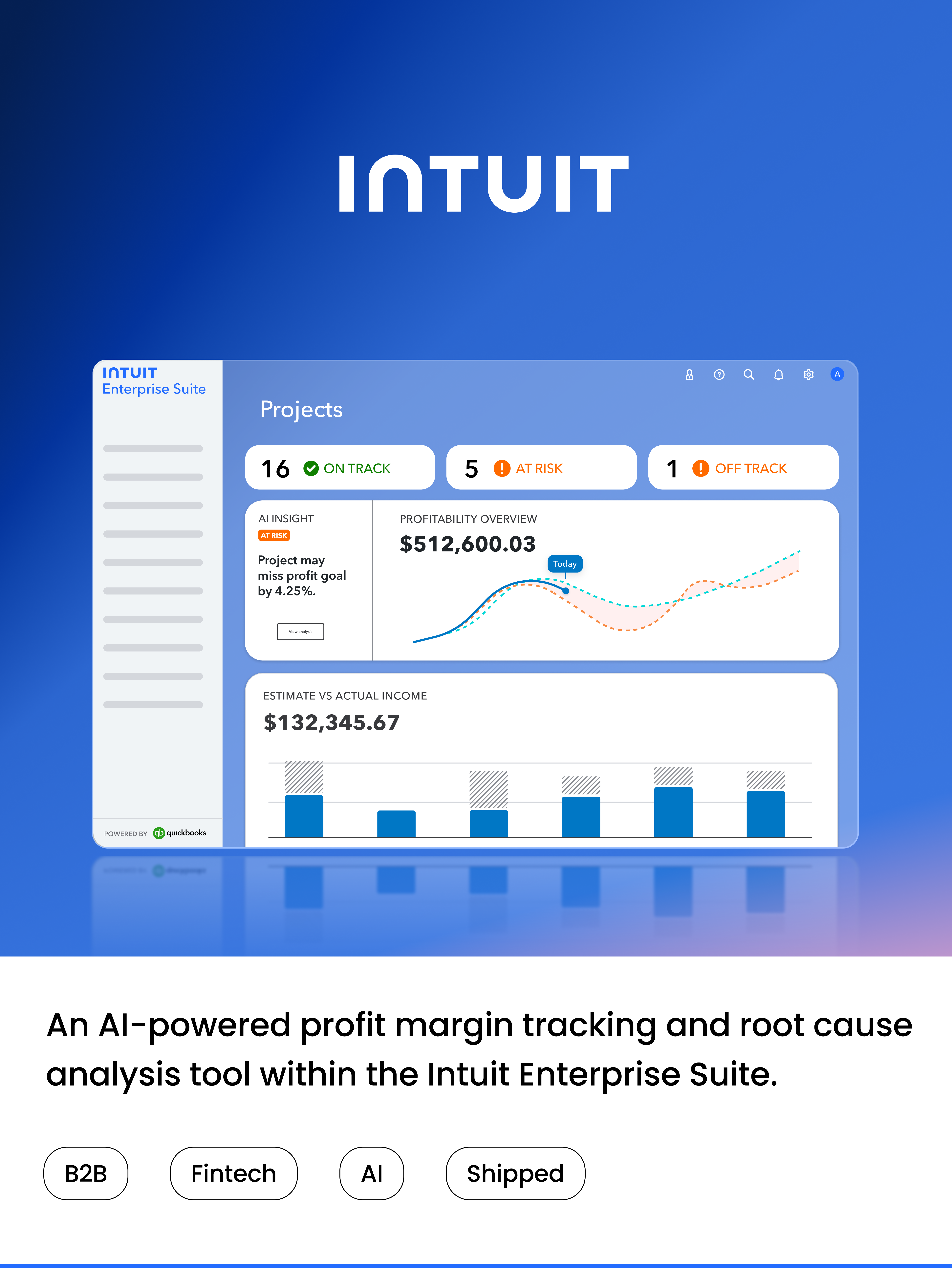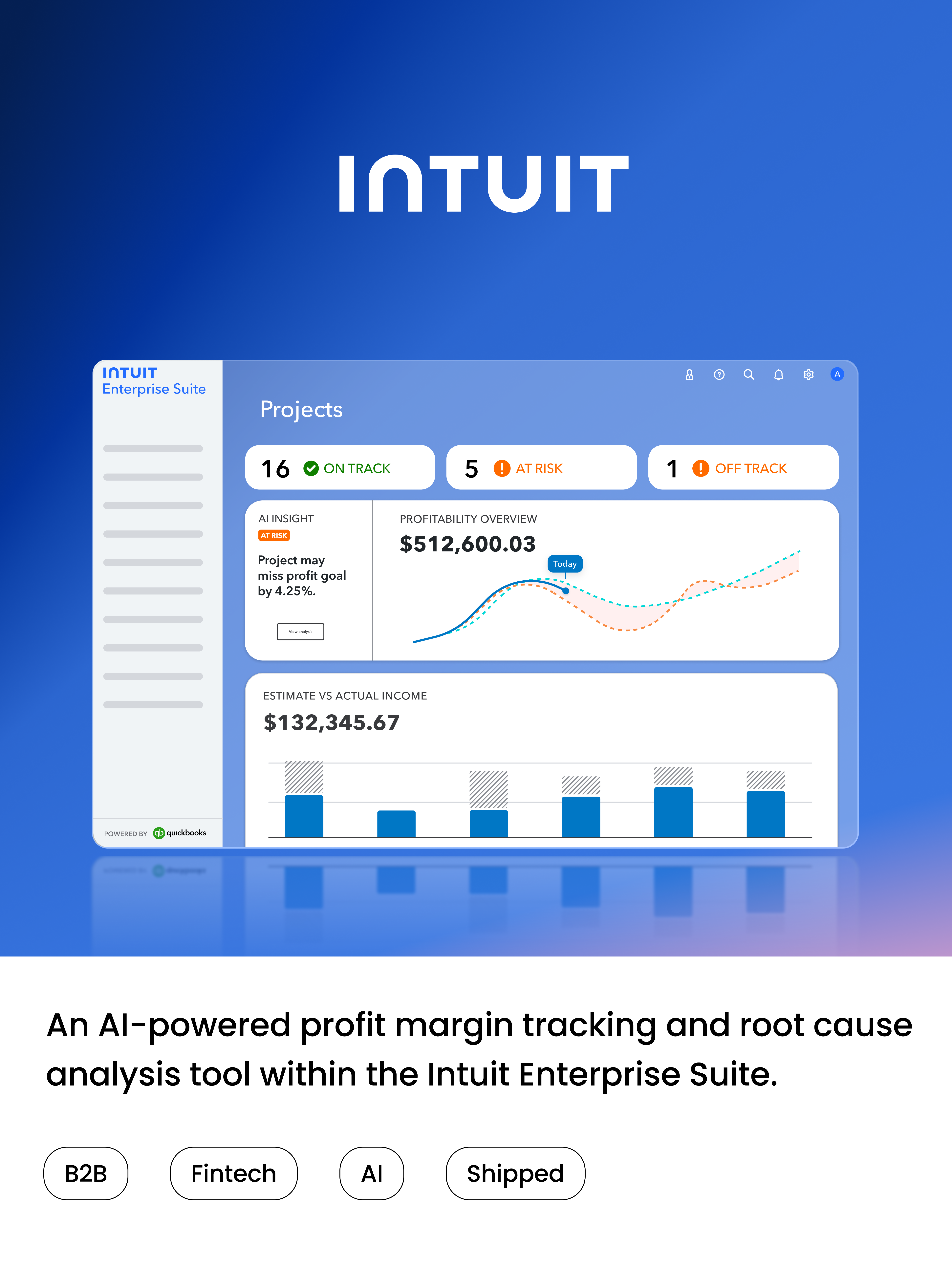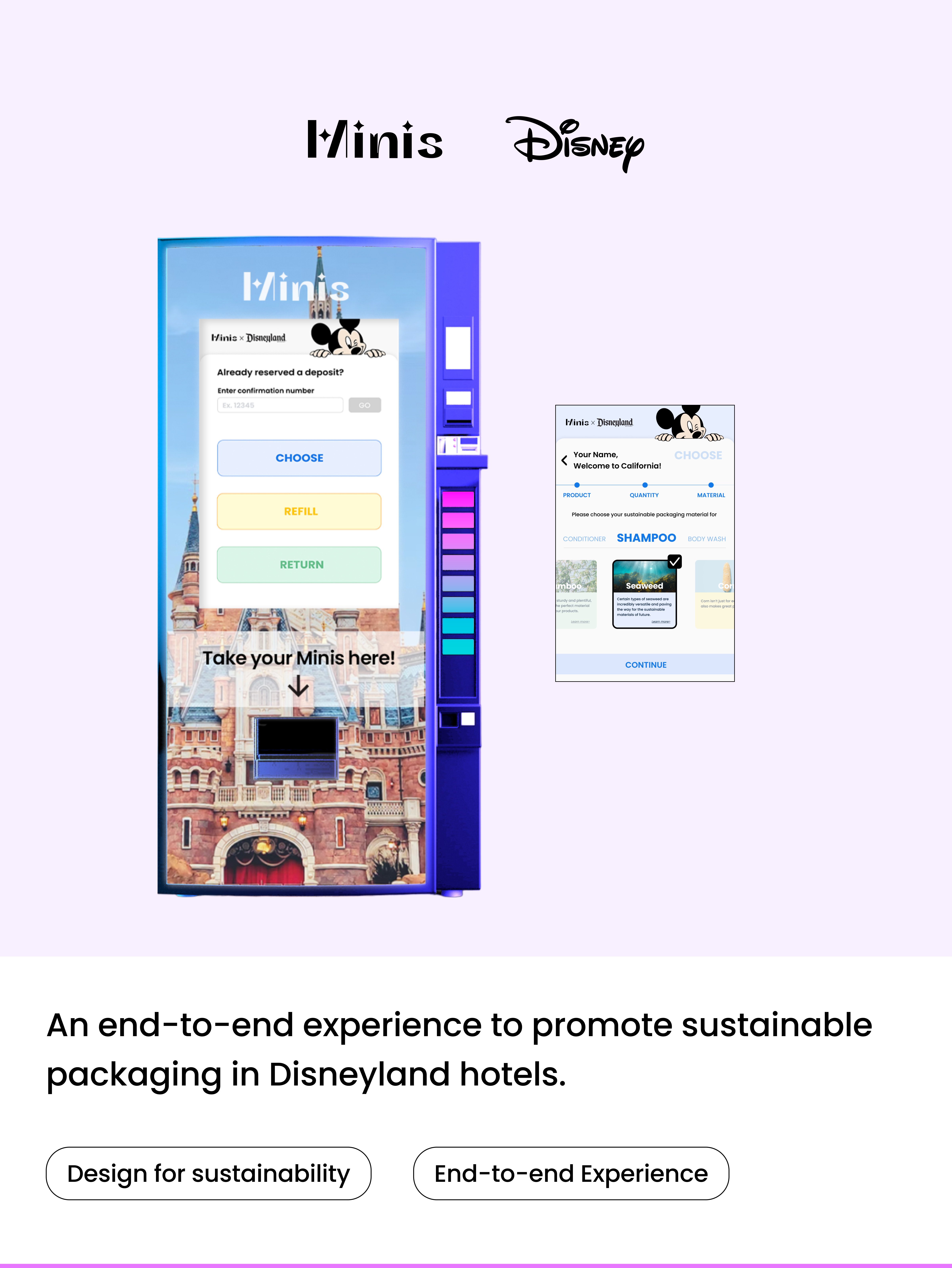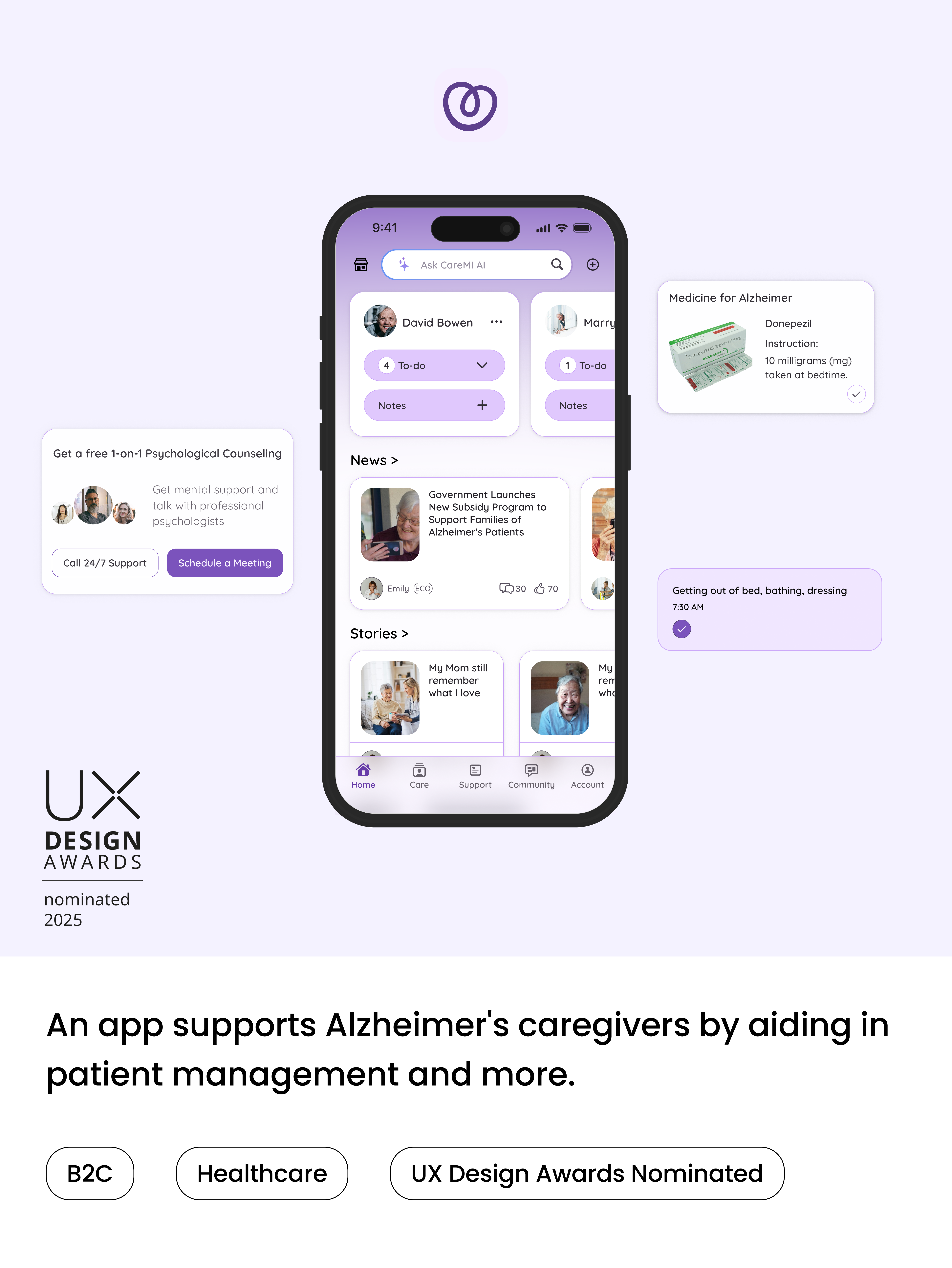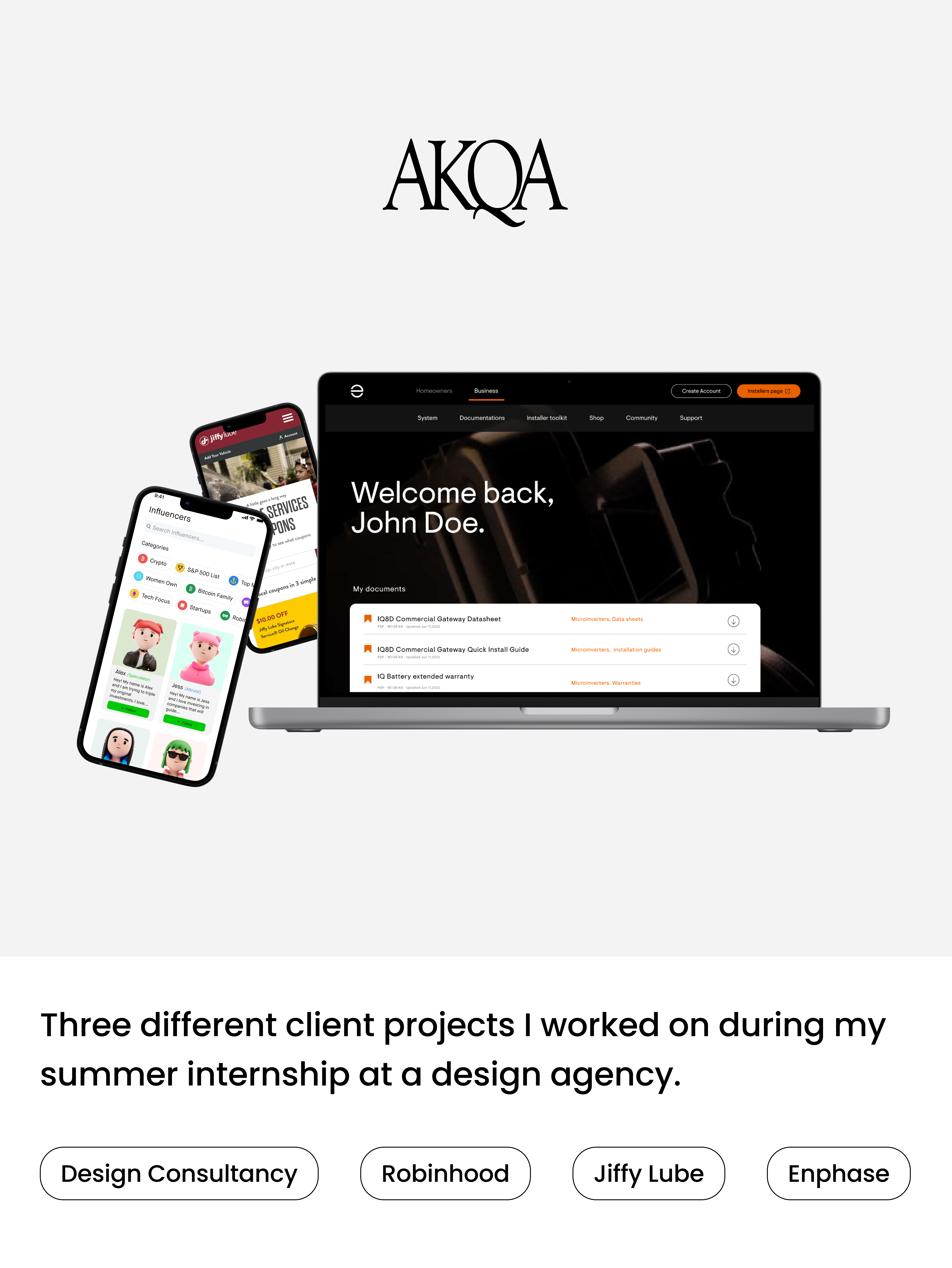Role: UX Researcher & Designer
Team: Cheryl Chang, Layla Li, Flora Nong, Jessie Peng, Glendon Guo
Timeline: 15 weeks, 2021
Tools: Figma, Adobe XD
Background
Subject: Family-oriented Customer Service in amusement parks
Hypothesis: Parents feel overwhelmed when bringing their children to amusement parks.
There is not enough customer service to support them.
Business Goal
Increase revenue and provide better service for the customers.
User Goal
Less waiting time and quality family time in the amusement park.
Research Process
Market Research
We started the project by doing market research on the amusement park industry. According to the research, the four main customer delight and outrage in amusement parks are:
According to Spectrum News, in 2020, a survey found that more than 70 percent of parents are not interested in visiting a theme park this year, they are concerned about the following:
Most of the factors are related to the service and maintenance of the parks. So for the next steps, we dig into the family experience (with children) and related services in amusement parks.
Primary Research
Survey
Topic: Amusement Park Experience for Parents with Children
Deliver Tool: Google Form
Target Group: People with experience of taking children to amusement parks
Total Questions: 12 (5 - 10 minutes)
Sample rules: Randomly picked parents from an amusement park (Six Flags)
Total Participants: 37
Key insights of the survey result:
● Most families go to the amusement park 1-3 times a year, the majority of parents are visiting the amusement park with kids under 10 years old.
● Parents care the most about their children’s safety and experience in amusement parks. Waiting in line can be the experience with the lowest score.
● The main reasons for amusement park visits are leisure time activities and fulfilling children's wants.
● Most people find the staff and navigation service helpful.
Interviews - Users
Based on the survey, we decided to focus on parents with children aged 0-10 to gain more insights and find out their specific needs.
In terms of users, we did six in-depth interviews about their experience in the amusement parks, here are the notes we took during the interviews.
Here are the key insights we sum up:
Competitive Analysis
We looked into some current customer services that parks offer, and we found current solutions:
There is a lack of information about children’s assistance services.
Online queuing is not easy to access for families.
Interview - Industry Professional
For a better understanding of location-based entertainment experience from a business perspective, we interviewed one professional from the entertainment industry, Professor Ruth Comely from Carnegie Mellon University.
She has a specialty in the Entertainment Technology industry. And she runs a haunted house as a family business.
During the interview, she mentioned three key insights:
● Experience: surprise the users!
● Audiences: to “make a choice between different age groups“.
● Service: to generate revenue for investing in better facilities and interactive technologies
Field trip to Six Flags
Along with our interviews and surveys, we also had a field trip to Six Flags. Here are some fun facts we found during our field trip:
Parents let their children make decisions about which rides to take, there’re also interactive facilities such as cartoons for killing time in line. As we mentioned in the interview parents care about age restrictions for children under the age or height limit, we did find interactive facilities for kids under the age limit in the park which is great. Moreover, we noticed the long line for family restrooms, especially for mothers with babies or boys. The only choice for them is a family restroom, but there are never enough family restrooms in the park. Moreover, it is easy for children to get tired, it seems there is not enough resting area for food and rest in the park. Plus, there seem to be no toddler vehicles for tired children.
Personas
As the first step to help us define needs, we developed two personas. Considering that children of different ages can largely influence parents' needs, we defined the two personas.
Meet Nina and Leo:
Meet Sophia:
Needs & Problems
Based on the research and persona, we mapped families' journey of amusement park experience and defined the experience trajectory to figure out problems and needs. The main opportunity for improving services happens when families are waiting for rides and taking time to rest.
Ideate
It was difficult for us to change the facilities and staff for the parks, and changing the current policies was unauthorized, so we moved on with the digital/mobile solution.
We decided to boost the efficiency of the waiting experience and help parents navigate family support easily, saving more time and energy, to better the overall experience for our end users.
Value Proposition
We summarized the value proposition as the outcome of our brainstorming.
Design Solution
User Flow
To boost the effectiveness of the wait-in-line experience in the amusement park, and also provide a better experience for parents with children aged 0-10 in the amusement park, three functions are designed.
● Online Queuing
● Restrooms Availability
● Baby Traveling
Wireframes
Visual Design Focus
Final Prototype
Main Page & Rides Info
Sophia is taking her son to the amusement park nearby, they arrive there around 10:30 AM, and before entering the park, she joins two lines that show less waiting time: Roller Coaster and Carousel. Then she takes her son to take pictures at some famous spots in the park and have lunch.
Cancel & Join Rides
As they finish lunch, she receives a notification telling her it’s their turn. She opens the app, and clicks on the map, it directs her to the Roller Coaster. But her son has cold feet, so Sophia decides to cancel the ride and waits for Carousel. When it’s their turn, they have fun!
Find Available Restrooms
During the ride, Sophia meets another family, Nina and Leo with their daughter. They want to find a family restroom, Nina clicks restrooms on the main page, then it shows the nearby restrooms on the map, then she finds one with an available restroom and follows the directions.
Stroller Rentals
After the ride, Nina and Leo are afraid that their kid might be tired. They decide to find a stroller. So Nina uses the Baby traveling function and clicks on the stroller rentals tab, she finds the nearest stroller rental and rents a stroller for their kid to have some rest.
Infant Rooms
When it's getting later, it gets a bit cold. Nina and Leo don't want their kid to get sick so they hope to find an infant room to change their kid's outfit. They follow the directions in the app the get to the nearest available infant room.
Manage My Rides
It's super convenient for parents to check their rides and get directions.
Iteration
We conducted several usability tests to observe real users' actions and collected their feedback. Based on the test results and feedback, we adjusted several UI elements, we decided to leave the parents 10 minutes to catch the ride. and most importantly, proposed another solution — an Apple Watch add-on to the whole system.
With the App embedded in some wearable devices, parents can better get notifications and plan for their schedule. Further design research is still needed to validate the design on smaller screens.
Win-win Situation
Why does the solution work? Here is a system map that helps explain how the solution works as a win-win strategy for customers and the amusement park.
The Amusement park offers an app service for parents. By boosting the efficiency of waiting for rides and restrooms, customers save more time for shopping and eating, according to our research, is a large part of the amusement parks' revenue.
Higher revenue from ticketing and merchandise helps the park to develop facilities and services for a better experience for customers.
Overall, it is a win-win situation for both customers and the amusement park.
Reflection
Have empathy for users: User research is an important basis for design. It can help us to get actionable and meaningful data-driven insights that represent the voices of multiple users.
